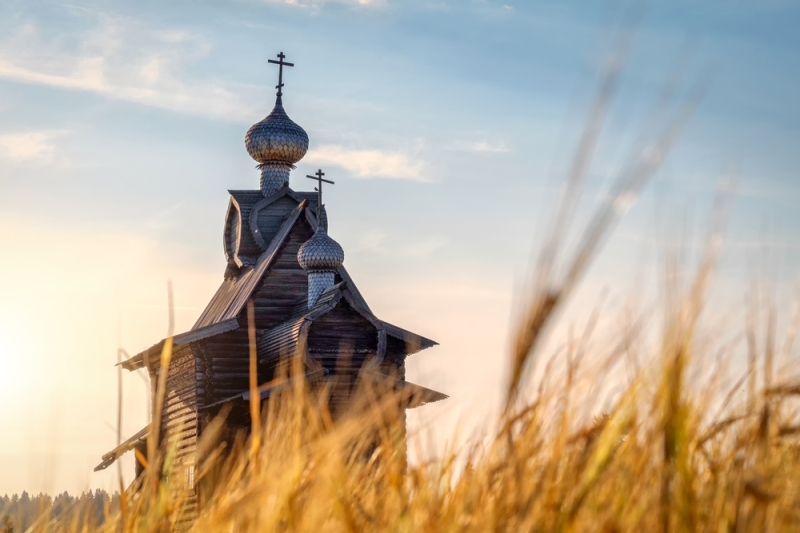
More and more people, between trips to ski resorts and the coast, are going on trips to Russian cities on their own. There are many reasons for this. The main ones are the improving, albeit slow, infrastructure and the terabytes of accessible information about places in our country with beautiful photographs multiplying online.
Perm region is not yet the most popular region among tourists. However, it has something to offer even the most experienced traveler. Numerous caves, picturesque rocks, mountain plateaus and waterfalls, nature reserves, historical cities and villages, objects of wooden architecture, the legacy of the Demidov and Stroganov empires, well-preserved salt works, as well as exceptional opportunities for active tourism.
How to get there
Flights from Moscow to Perm and back cost about 6,000 rubles. Flight time is only two hours.
The railway journey will last from 20 to 24 hours one way, the ticket price is 2,300-3,500 rubles in a reserved seat carriage and 3,100-4,000 rubles in a compartment. Traveling by car will take the same amount of time.
Where to stay
Perm region is more of an adventure than a resort region for a luxury holiday. Here you can relax on an all-inclusive basis, for example, in the well-known sanatorium “Demidkovo” throughout Russia, and find budget accommodation options. In the Perm region, the choice of hotels is large, and the cost of living in a simple room starts from 300 rubles per night for two
Picturesque places of the Perm region
Kungur Ice Cave
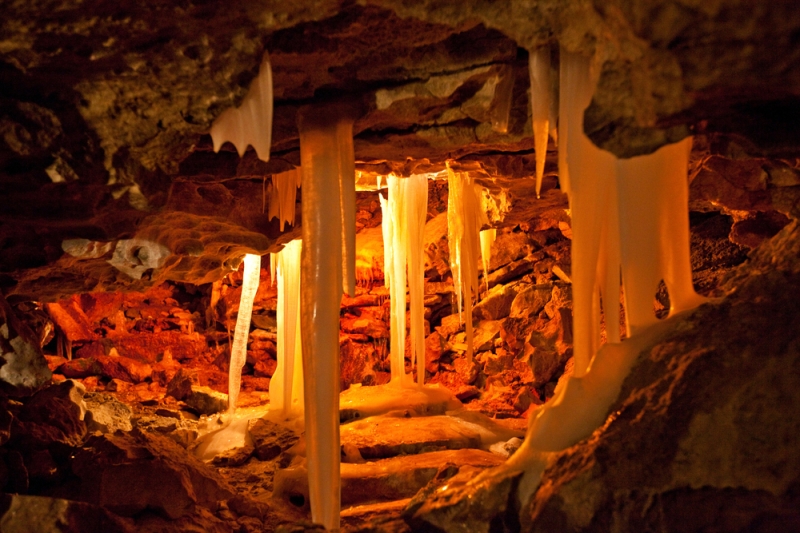
One of the most popular attractions in the Urals is open to tourists all year round. The best time to visit the cave is in winter and spring, when the thickest ice stalactites and stalagmites grow. The nearest city is the ancient merchant town of Kungur.
Operating mode:
Mon-Thu, Sun 10:00-17:00, Fri-Sat 10:00-18:00. Excursions daily, every hour.
Admission fee (weekdays/weekends):
For adults: 700/900 rubles; for children: 500/600 rubles.
Official website: kungurcave.ru
You can get there from the Kungur train station by bus to the village of Filippovka or by taxi.
Stone City
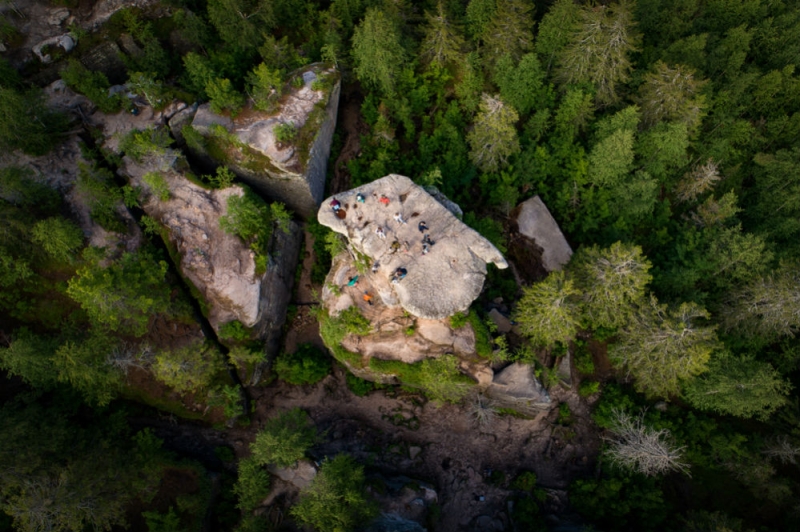
Giant rocks, as if thrown into the taiga. Passages washed by ancient waters. Northern trees grown into stone, mosses, red autumn rowan. The stone city regularly becomes a natural backdrop for filming films, however, it will also be an almost ideal backdrop for selfies. Good both in winter and summer. From the parking lot for cars to the city you will have to walk about 1.5 km.
Operating hours: 24/7.
Admission fee: free.
You can get there by public transport (bus or train from Perm) to the village of Usva, then walk about 6 km. Or negotiate with local drivers.
Usva pillars
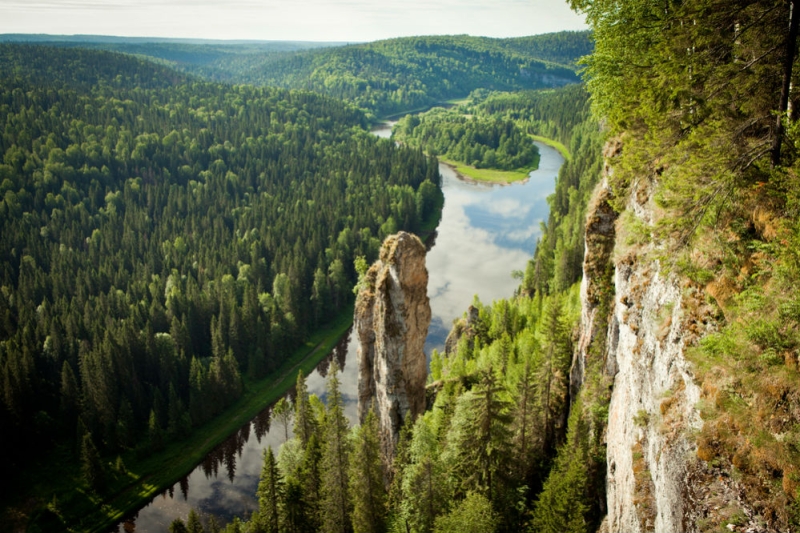
Business card of the region. Long stone “fingers”, as if beckoning travelers, rise from the river waters against the backdrop of the Ural taiga. The most photogenic is the Devil’s Finger, standing a little further from the other rocks. From the observation deck located at the end of the route, two more picturesque objects are visible: the Panoramic and Big Log stones. From here, from the observation deck, you can follow a steep path down to the base of the Devil’s Finger, but this should only be done in dry weather and by tourists who are confident in their dexterity. Foggy sunrises and lush sunsets on the Usva Pillars look especially cool in the photo, but given the climb up, they are usually approached during the day.
Operating hours: 24/7.
Admission fee: free.
Get by public transport (bus or train from Perm) to the village of Usva, then walk about 5 km one way.
Kvarkush plateau and Zhigalan waterfalls
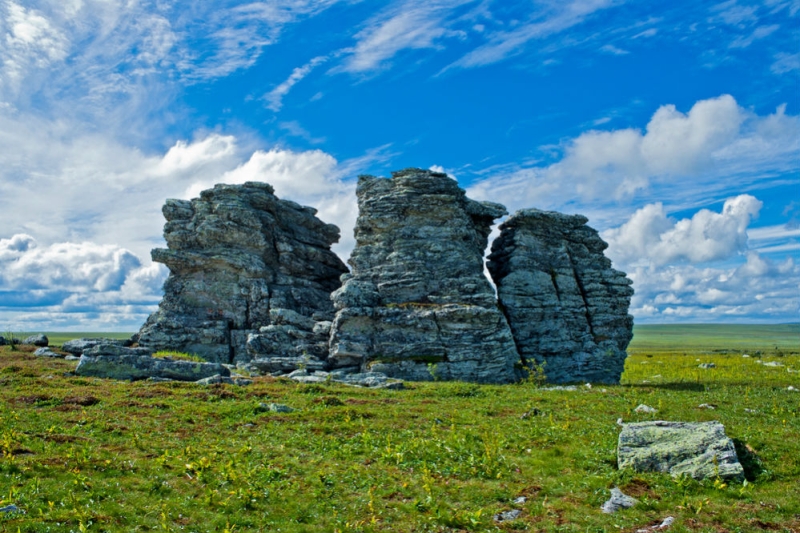
The plateau rises above the taiga and offers all the beauties of the polar tundra: berry bushes, thickets of moss, stone heaps. And the Zhigalan waterfalls originate from the snowfields, briskly running down from the plateau with a drop of 600 m. You can drive up to the lower cascade by car, and climb to the plateau on foot or on an ATV.
Operating hours: 24/7.
Admission fee: free.
Travel by public transport (regular bus) to the city of Severouralsk, Sverdlovsk region, then 90 km by chartered transport along a dirt road. You can book a transfer (or a full tour) to the plateau at one of the travel agencies in the Perm region or through nearby recreation centers.
These are the most accessible and vibrant natural objects of the region. But not all. In addition to them, it is worth paying attention to Mount Kolpaki, the Basegi and Vishersky nature reserves, as well as the Orda Cave (for divers).
Legacy of salt mining times
In the 15th century, Russian merchants flocked to Perm the Great: the local lands turned out to be rich in salt. The Stroganovs became the largest dynasty of salt producers. Salt factories grew by leaps and bounds around the present city of Solikamsk. The fishery died out only in the 20th century, when the method of boiling salt from solutions pumped out of the ground turned out to be more expensive than others. It was reborn from the production of table salt into the production of potassium salts.
Salt Museum (Ust-Borovsk salt plant) in Solikamsk
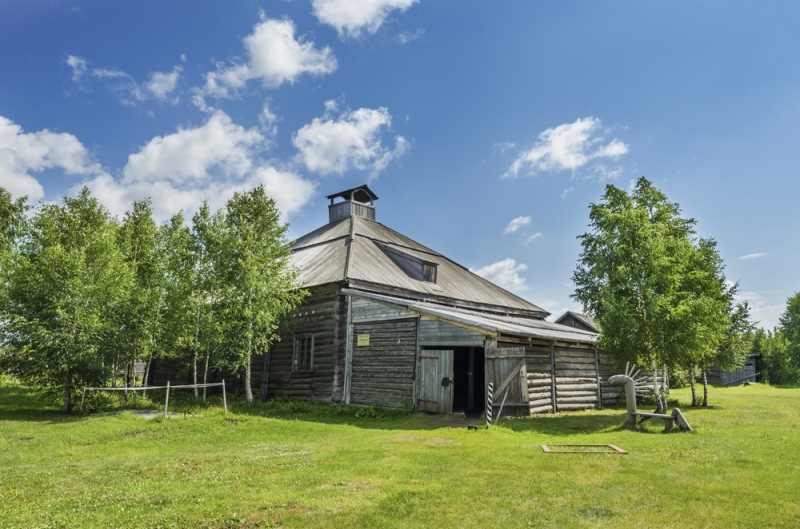
Photo: S.Z./Shutterstock.com
A 17th-century saltworks has been converted into an open-air museum. This is the only opportunity in Russia to see the full cycle of salt extraction in the form of brine from underground. Wooden chests, brewhouses and barns operated until 1972. This is where the nickname “Permyak-salt ears” appeared. In addition, the architectural ensemble of the once merchant city of Solikamsk is noteworthy, through which in the 17th century. The Babinovskaya road, the “dry route” to Siberia, passed through. The Voivode’s House, the oldest brick civil building in the Urals, the Church of the Epiphany, famous for its iconostasis assembled from icons of the 17th-19th centuries, the Trinity and Holy Cross Cathedrals and other historical objects have been preserved and restored here.
Opening hours: Tue-Sat 09:00-17:00, closed Sun and Mon.
The cost of the sightseeing tour is 100 rubles for adults, 80 rubles for children.
Official website: muzeisolik.ru
Get from the center of Solikamsk by bus to the stop “Museum of the History of Salt” or by taxi.
Usolye Stroganovskoye
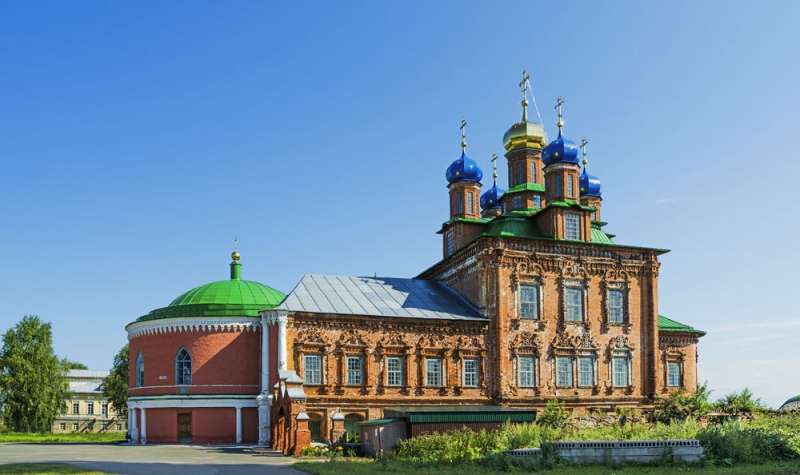
The historical and architectural museum-reserve “Usolye Stroganovskoye” is a unique complex occupying an entire island that miraculously escaped flooding during the construction of the Kama Hydroelectric Power Station. Once upon a time, the capital of the Ural possessions of the richest people in Russia, the Stroganovs, was located here. There are no modern buildings on the island, connected to modern Usolye by a road bridge. Only 49 architectural monuments (chambers, cathedral, bell tower, mansions and shopping arcades), a walk among which takes guests to merchant Russia of the 16th-17th centuries. The museum houses exhibitions, master classes and costumed excursions.
Operating mode:
Wed-Sun 10:00-17:00, Mon, Tue – closed.
The cost of excursions is 70-200 rubles per person.
Official website: stroganovland.ru
Take a regular bus from the city of Berezniki to the stop “Avtostation” or “Usolskaya Central District Hospital”.
Wooden architecture and heritage of Perm the Great
Thick walls of residential buildings, painted ceilings and walls, wooden churches – the most ancient monuments of Perm architecture date back to the 17th century.
Open Air Museum “Khokhlovka”
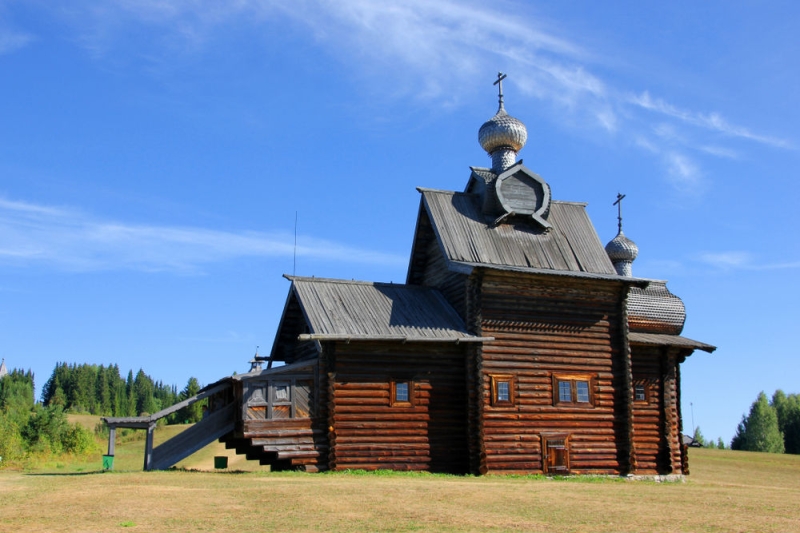
The museum, located on the Varnach Peninsula not far from Perm, contains 23 monuments of wooden architecture. Ancient buildings (houses, estates, churches, barns, a rural fire station, a hunter’s house) were brought here from all over the surrounding area, bought and saved from extinction. The museum is located on a large territory and offers not only an acquaintance with the peculiarities of life of several eras of life in the Urals, but also walks along the picturesque peninsula, and at the same time drinking tea in a tea house.
Opening hours: 10:00-18:00 (in summer 10:00-20:00, seven days a week).
Entrance ticket cost 180 rubles for adults, children under 18 years old free. Excursions – 750 rubles for a group of 3 people.
Official website: museum.perm.ru
Take a regular bus from Perm to the village of Khokhlovka.
Cherdyn
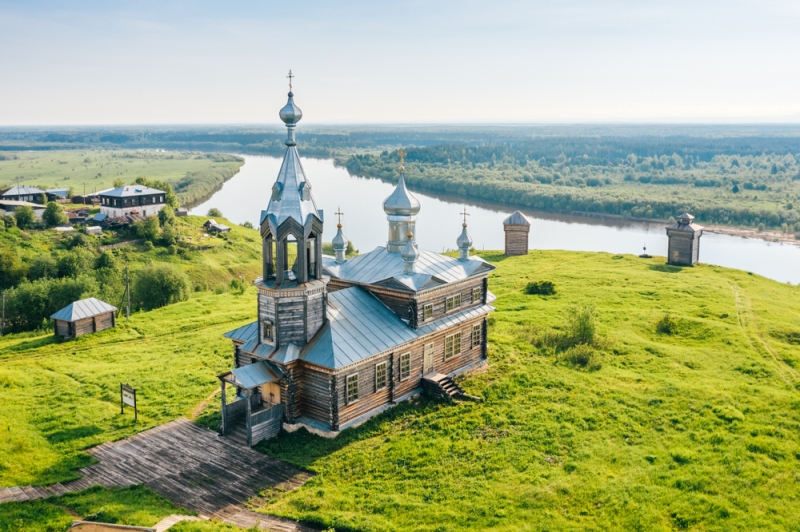
Once the capital of Perm the Great, Cherdyn stood at the intersection of trade routes to Iran, Moscow, Siberia and the northern peoples. Now the city seems to have fallen asleep, people come here to reboot, listen to the silence, walk along the ancient streets past temples and churches (more than 100 buildings within the city have the status of cultural monuments).
You can get to know the city using a quest-trip compiled by the region’s tourist information center as a basis.
Regular buses from Perm take 5 and a half hours. Two-day excursions from the regional capital usually include visits to Usolye, Solikamsk and Cherdyn.
Active tourism: alloys
Perm region offers ample opportunities for active tourism. This includes ski tourism in winter and trekking in summer. But most of all it is known as a favorite place for rafting.
Chusovaya River
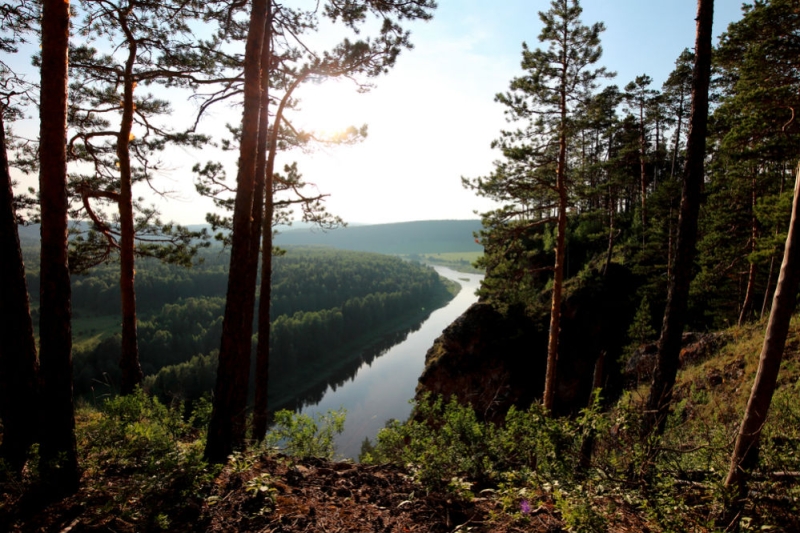
Both experienced tourists and families with children can raft along the Chusovaya River. Local companies organize weekend trips with rest in tents, going down the river and walks to nearby attractions such as the Miracle Cave and the Blue Lakes. The rafting routes pass by picturesque rocks-“stones”: Robber, Four Brothers, Otmetysh, Guselny Stone, Hole Ribs, Plakun, Ponysh.
The website rekachusovaya.ru is dedicated to the river.
You can find organizers of rafting along the Chusovaya both in Perm and in the city of Chusovaya. The cost will be about 2000-4000 rubles per person for two days.
What to try
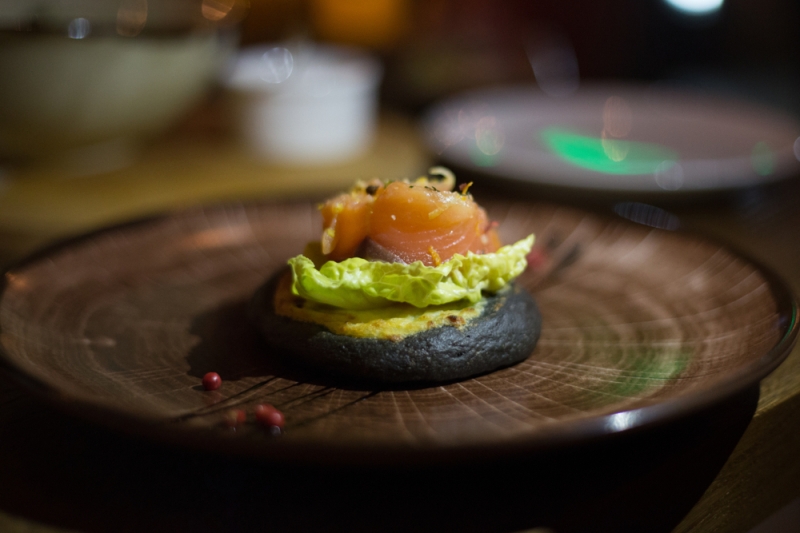
Local cuisine can surprise both enthusiastic gastrotourists and simply lovers of tasty and varied food. The most famous dishes are Ural pistiki, juicy posikunchiki and liquid shanezhki.
Pistils are the tips of horsetail shoots. They are eaten fried with sour cream, mushrooms or meat, put in soup and pies, and even eaten raw with milk and sugar.
Posikunchiki – mini chebureks the size of a dumpling. Broth inside. Take a bite and the little one “squeaks”, as the locals say. Filling is meat, less often vegetable.
Shanezhki or shangi are baked goods that look like cheesecake, but are not sweet (with mashed potatoes, cottage cheese, porridge). Permians insist that shanezhki is a local dish, although it is also prepared in other regions of Russia.
Text author: Ksenia Chesnokova

